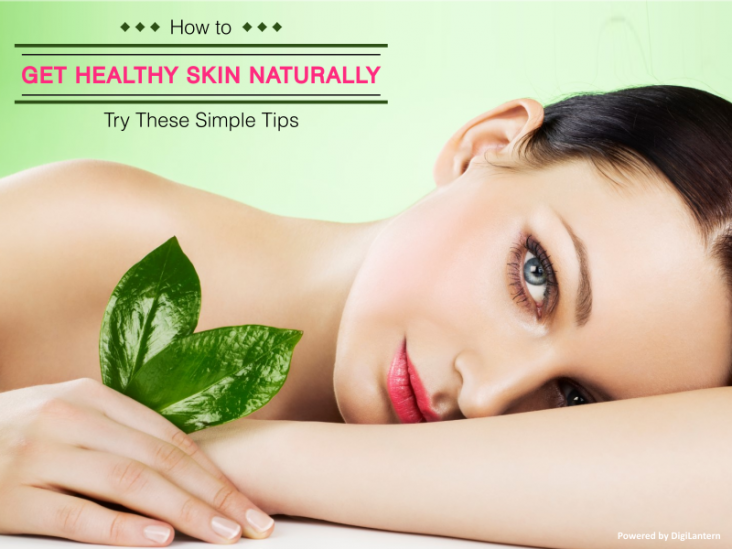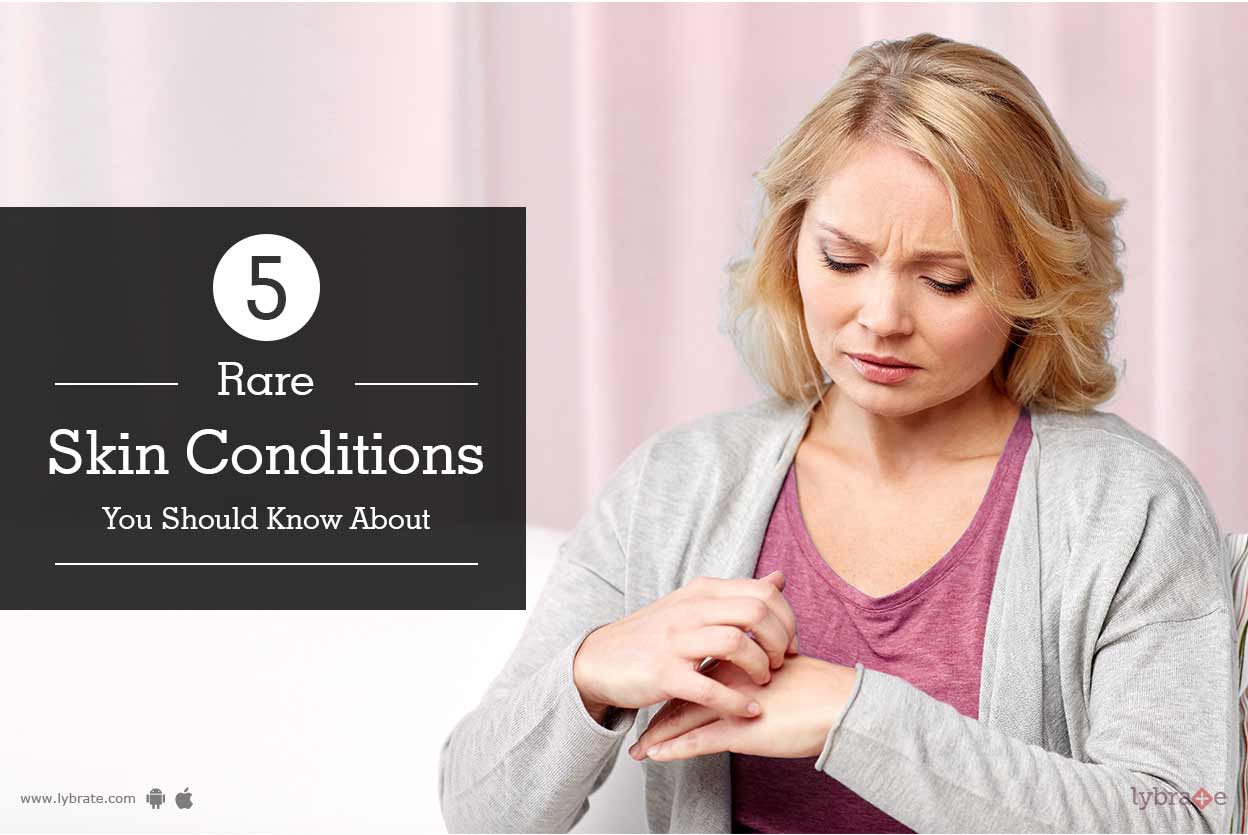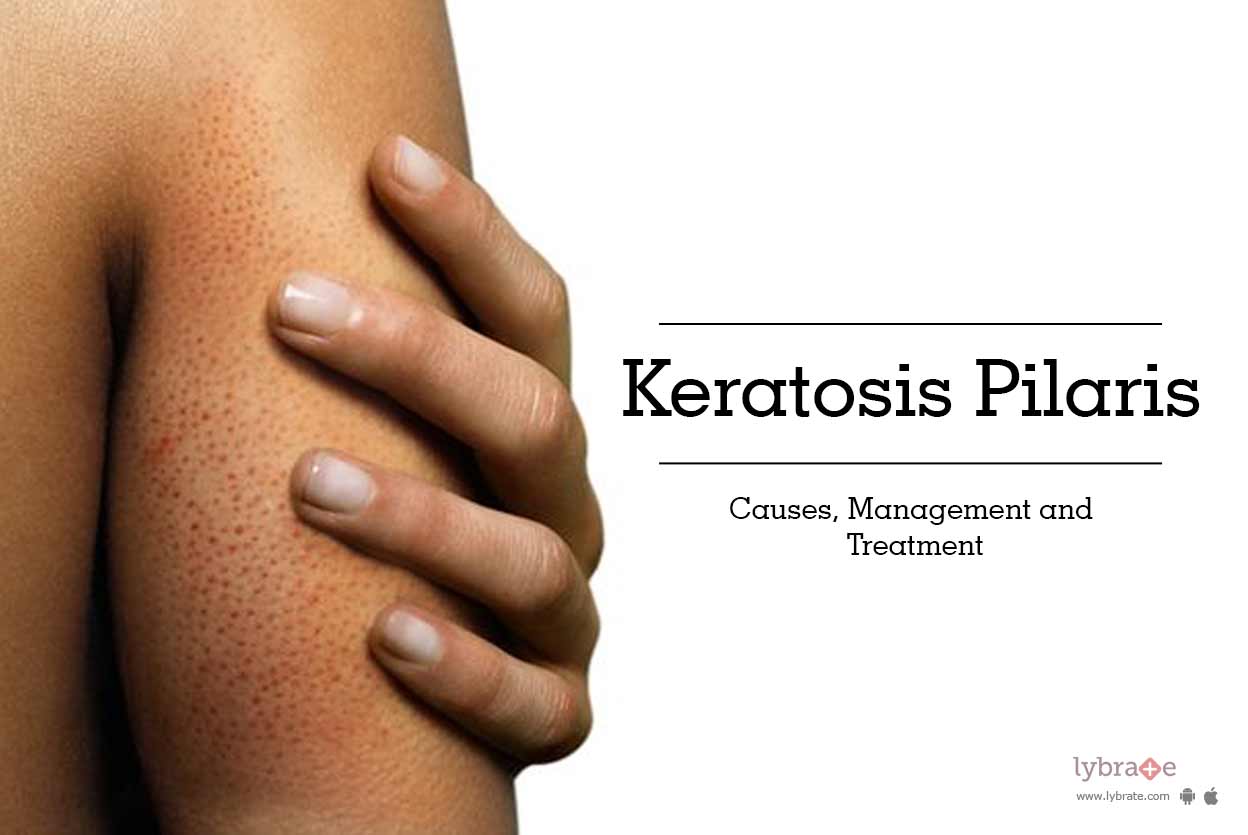Conditioners and shampoos, you need both for an appropriate hair care regimen. Just like most other people, you might have the confusion about conditioner use – whether to use it before you shampoo your hair or when you’re done with shampooing.
Read on to find out what you should be doing.
1. Hair Type: A factor that determines your use of a conditioner before you shampoo or after it depends on your hair type. For individuals who have dry or thick hair, using a conditioner after you shampoo is the most apt, especially during the winter months when complaints of flyaway hairs are very common. Conditioning before you apply shampoo to your hair is ideal if you’ve fine hair as it provides your hair with much needed nourishment. Additionally, it allows the shampoo to distribute evenly all over your hair.
2. Greasy Hair: Applying a conditioner before you shampoo your hair is most apt for individuals whose hair is prone to oiliness. This is because it helps you in thoroughly washing away the grease that gets build up in your hair when it’s time to shampoo. The regimen of shampoo and conditioning afterwards doesn’t ensure a proper elimination of the problem.
3. The Problem of Residues: If you condition your hair before shampooing, you can rest assure that no residues get left behind on the scalp. This is not the case when you condition your hair afterwards. Many a time, if you don’t rinse properly residues of the conditioner used get left behind, thereby weighing down your hair.
Unless your hair is of normal texture, conditioning before shampooing can prove to be beneficial for your hair.
























